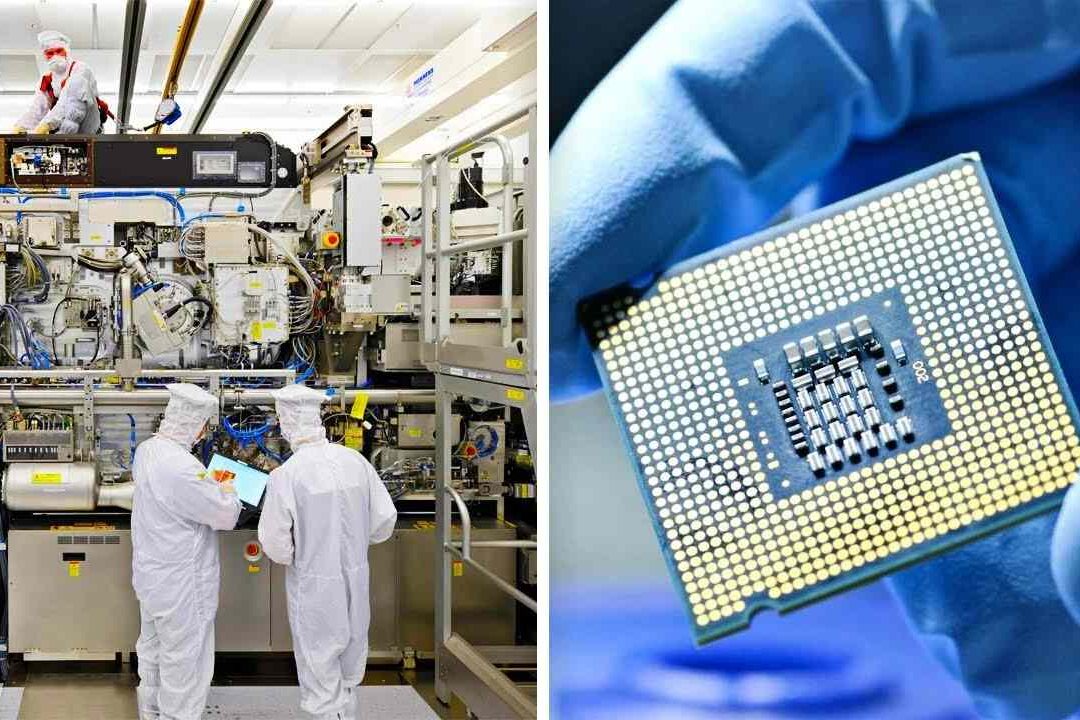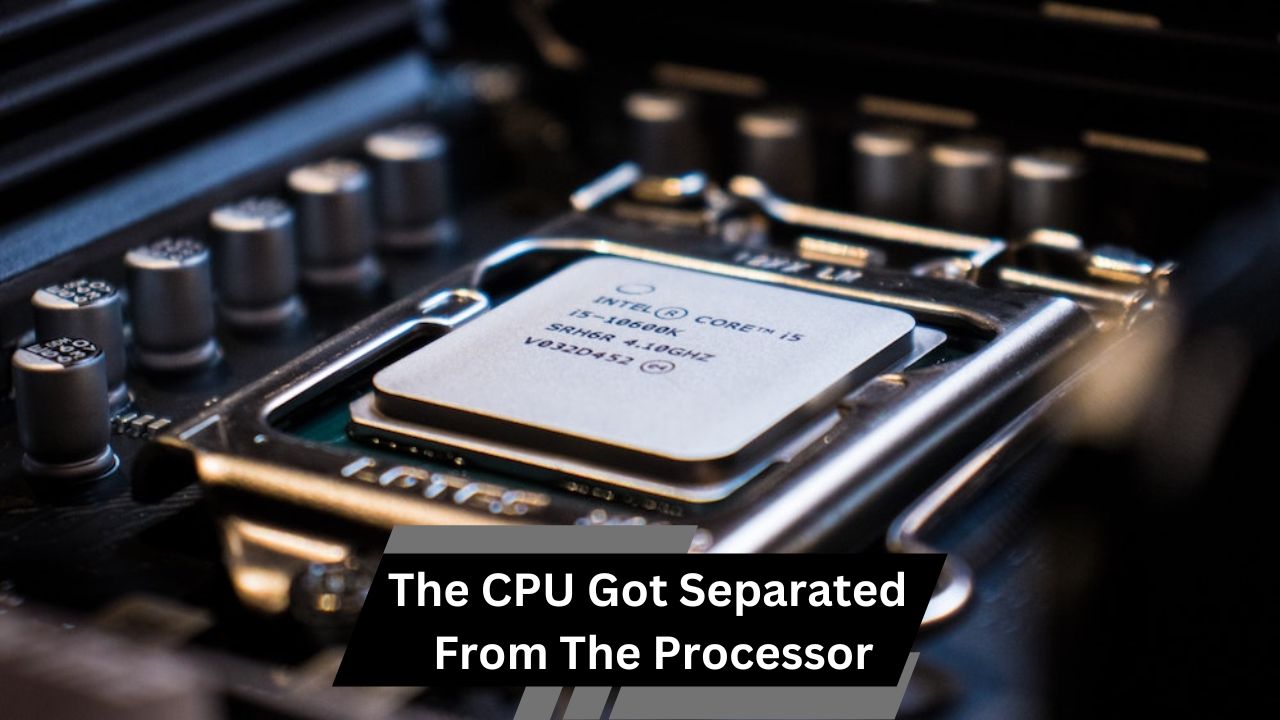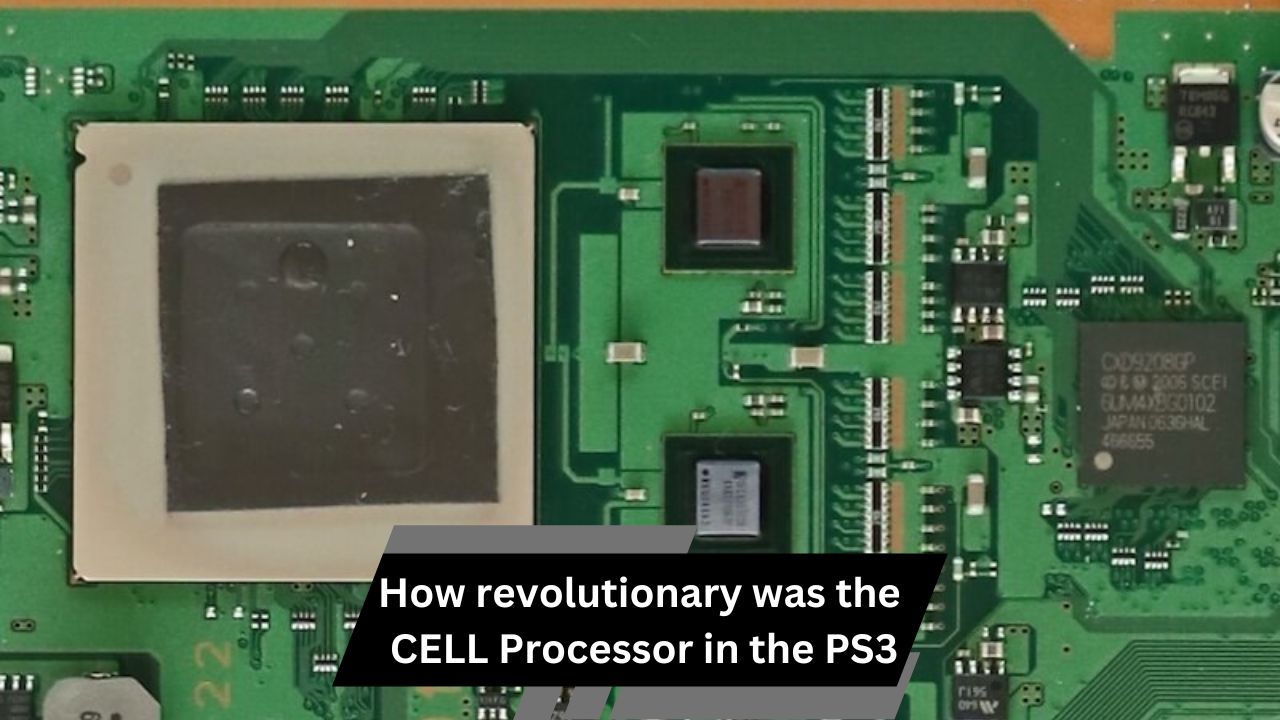The article explains how separating the CPU from specialized processors like GPUs and TPUs boosts computer performance, efficiency, and innovation in fields like AI and gaming.
Computers have come a long way from their early beginnings, and one of the key components that make a computer function is the CPU (Central Processing Unit). In the past, when people talked about the CPU, they also referred to it as the processor—thinking they were the same thing. But as technology keeps advancing, we’re starting to see a new trend: the CPU and the processor are not always the same thing anymore. This change is reshaping how computers work, and it has big implications for the future of computing.
Introduction:
Let’s start by breaking down the basics. Traditionally, the CPU has been called the “brain” of the computer. It’s the main part of the computer that processes information and carries out instructions. Meanwhile, the processor has been the general term used to describe the part of the computer that processes data. Over time, these terms have been used interchangeably, because for many years, the CPU was the only processor in the computer.
Difference Between CPU and Processor:
- CPU: The CPU is responsible for handling the core functions of a computer. It performs calculations, runs applications, and makes sure the computer works smoothly. It’s still the main processor, but not the only one.
- Processor: While the CPU is one type of processor, today, there are many other kinds of processors designed for specific jobs. For example, the GPU (Graphics Processing Unit) is used to handle graphics in gaming or video editing, and the TPU (Tensor Processing Unit) is used for tasks like artificial intelligence (AI). So, “processor” now refers to a broad range of components in a computer.
Why Has the CPU Separated From the Processor:

The separation between the CPU and the processor happened because modern computers need to handle much more complex tasks than they did in the past. A single CPU is no longer powerful enough to handle everything. To solve this, engineers started developing specialized processors designed for different types of tasks.
For example:
- GPUs are designed to process lots of visual data at once, making them perfect for rendering graphics in games or 3D modeling.
- TPUs are built to handle machine learning and AI operations, something that would take much longer if only the CPU was doing the work.
How the Separation Impacts Computing:
- Better Performance: By assigning different processors to specific tasks, the CPU can focus on running the basic operations of the computer. Meanwhile, other processors, like the GPU, handle specialized tasks like video rendering. This makes the overall performance much faster.
- Energy Savings: Special processors like the GPU or TPU are designed to perform specific tasks more efficiently than the CPU. This means they use less energy while completing their tasks, which is especially important for devices like laptops and smartphones that rely on battery power.
- Faster Processing: Since multiple processors can work at the same time (called parallel processing), computers can handle many tasks simultaneously. This reduces the time it takes to finish complex operations, like rendering a video or running a large AI model.
The Benefits of CPU-Processor Separation:
- Specialized Processing: Different processors can now handle specialized tasks. For example, a GPU handles video rendering, while the CPU focuses on running applications and managing the operating system. This division of labor improves efficiency.
- Scalability: Computers can now be designed to handle specific needs by adding more or different processors. This is especially helpful for large data centers or AI systems that require lots of computing power.
- Innovation in Processor Design: The separation has also opened up opportunities for creating new types of processors that are even more efficient and powerful. For example, AI accelerators are now being used in AI research, helping computers learn and process data faster.
Challenges of CPU and Processor Separation:
- Software Optimization: Not all software is designed to work with multiple processors. Developers need to write code that can properly divide tasks between the CPU and other processors. This can take time and effort, especially for older software that wasn’t
built with this in mind.
- Increased Cost: Adding more specialized processors to a system can drive up the cost of the computer. For high-performance computers like gaming PCs or data centers, this extra cost is worth it, but for regular consumers, it might make devices more expensive.
- Complexity: Systems with multiple processors are more complicated to build and maintain. More components mean there’s more that can go wrong, and troubleshooting problems becomes more challenging.
The Future of Computing: Heterogeneous Computing:
One of the most exciting things about the separation of the CPU and processor is the rise of what’s called heterogeneous computing. This is when different types of processors work together in one system to handle various tasks.
For example, in the future, computers will have CPUs that work alongside GPUs, TPUs, and other specialized processors to create even more powerful and efficient systems. This will allow computers to handle complex tasks like real-time video editing, AI learning, and virtual reality simulations with ease.
How This Change Affects Consumers:
For everyday computer users, the separation of the CPU from the processor means better performance and smoother experiences when using devices. Whether you’re editing videos, playing high-definition games, or multitasking with many apps open, your computer will be faster and more responsive.
In devices like smartphones and laptops, you’ll also see improvements in battery life. Since specialized processors are more energy-efficient, your device will use less power, allowing it to last longer on a single charge.
Industries That Benefit From CPU-Processor Separation:

- Artificial Intelligence (AI): AI development has accelerated thanks to processors designed specifically for machine learning, like the TPU. This allows AI models to learn faster and run more efficiently.
- Gaming: Gaming computers now rely heavily on GPUs to render graphics, making games look better and run smoother. This separation has made real-time 3D graphics and virtual reality possible.
- Data Centers: Large-scale cloud computing services rely on many different types of processors working together. By using specialized processors, data centers can process huge amounts of data more efficiently and with less energy.
FAQ’s:
1. What is the difference between a CPU and a processor?
The CPU is a type of processor responsible for core functions, while a processor can refer to any specialized unit like a GPU or TPU designed for specific tasks.
2. Why has the CPU separated from other processors?
To improve efficiency and performance, different processors are developed to handle specific tasks, reducing the workload on the CPU.
3. What are the benefits of separating the CPU from the processor?
It leads to faster performance, energy savings, specialized processing, and scalability in computing systems.
4. What challenges come with CPU-processor separation?
Software optimization, increased costs, and system complexity are some of the challenges.
5. How does CPU-processor separation impact industries?
It accelerates advancements in industries like AI, gaming, and data processing by improving task-specific processing capabilities.
Conclusion:
The separation of the CPU from the processor is a major leap forward in computing. As more specialized processors are developed, computers will become faster, more efficient, and capable of handling even more complex tasks. While there are challenges, like higher costs and increased system complexity, the benefits far outweigh them.




